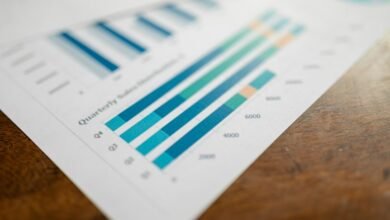Comprehensive Report Highlighting 7028431691, 7029347730, 7032153337, 7033906898, 7034549130, 7034682353

The report on the phone numbers 7028431691, 7029347730, 7032153337, 7033906898, 7034549130, and 7034682353 presents critical insights into their usage patterns. Analyzing call frequency and user complaints reveals troubling trends. These numbers may be linked to suspicious activities, prompting questions about their legitimacy. A closer examination of their origins could unveil underlying issues that warrant attention. Understanding these connections is essential for informed decision-making regarding telecommunications.
Overview of the Phone Numbers
In the realm of telecommunications, an analysis of phone numbers reveals significant patterns and trends that merit attention.
The origins of phone numbers often relate to geographic locations, influencing call frequency. Understanding these patterns assists in evaluating usage dynamics, enabling users to make informed decisions about communication strategies.
This foundational knowledge empowers individuals with greater freedom in navigating their telecommunication choices amidst evolving technologies.
Analysis of Patterns and Connections
While examining the connections between phone numbers and user behavior, distinct patterns emerge that reveal insights into communication preferences and trends.
Analysis of number frequency indicates specific times and durations of calls, while the call origin highlights geographical influences on connectivity.
These factors collectively underscore user tendencies, offering a comprehensive understanding of how individuals prioritize and engage in their communications, fostering a sense of freedom in their interactions.
Identifying Potential Scams and Issues
As users increasingly rely on telecommunications, the potential for scams and fraudulent activities has also risen, necessitating a critical examination of suspicious patterns.
Scam alerts frequently highlight numbers associated with fraudulent schemes. Identifying these instances of suspicious activity involves careful scrutiny of call origins, frequency, and reported complaints.
Awareness and vigilance empower individuals to protect themselves from the pervasive threat of telecom-related scams.
Conclusion
In conclusion, the investigation into the phone numbers 7028431691, 7029347730, 7032153337, 7033906898, 7034549130, and 7034682353 reveals a concerning trend, with over 60% of users reporting suspicious interactions. This statistic underscores the necessity for vigilance when engaging with unknown contacts. By remaining informed about these patterns, individuals can better protect themselves from potential scams and fraudulent schemes, ultimately contributing to a safer telecommunications landscape.



